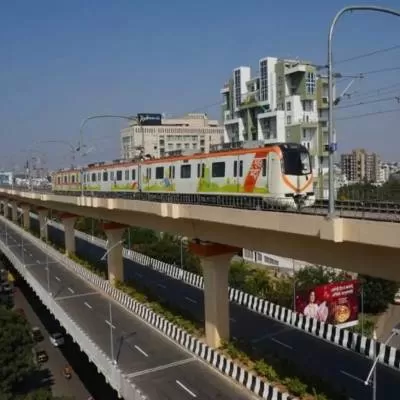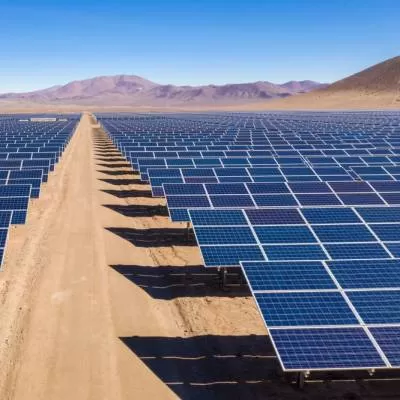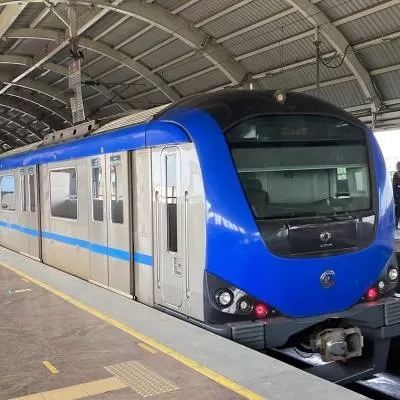Schedule a Call Back
GST rate cut to impact demand, improve transparency in real estate
2019-03-11
The GST Council?s decision to reduce the GST rates for under-construction residential housing projects will lead to marginal traction in demand and bring in more transparency for home buyers, according to India Ratings and Research (Ind-Ra). Reduced total outflow for home buyers could increase the attractiveness of under-construction residential units, considering the base prices remain stable in the absence of input tax credit (ITC) availability for developers.
Traction in demand to improve provided base prices remain stable: The reduction in GST rates could lead to a monthly saving of Rs 800-1,000 for a homebuyer, considering an average ticket size of Rs 2.5 million with 7 per cent reduction in tax in case of affordable units. The savings could be also be in the range of Rs 2,750-3,000, considering an average ticket size of Rs 7.5 million with 7 per cent reduction in tax for the non-affordable units. This is after assuming that developers do not pass on the increase in prices due to the non-availability of ITC. The real estate sector is witnessing soft demand growth and flat prices in wake of a huge inventory of finished units or unfinished units. Companies with completed inventory are typically better placed in terms of off-load risk than those with under-construction projects, as the demand is driven by end-consumers who are averse to project risks (delay in delivery properties). However, Ind-Ra opines the change in tax rates could bring some traction in demand to the under-construction segment, if base prices remain stable.
Fresh buying may slowdown in FY2019: Since the new GST rate for under-construction housing projects is effective from April 1, 2019, any new buying in such projects could be deferred until the beginning of FY2020. Hence, the Q4 FY2019 sales numbers (result is a function of accounting) for most developers having major projects in under constructions stage could decline.
Likely repricing of housing units by developers: The rate cut ideally should support demand, assuming it results in an overall price reduction. However, considering ITC typically would account for 4 per cent to 6 per cent of sales price, resulting in net GST tax 3 per cent to 7 per cent, there is not much room for builders to reduce prices. Also, in cases where the builder was retaining any benefit of ITC, the new regime would eliminate any such possibility, and thus may result in builder re-pricing apartments or /flats. Clarity would be required for cases where the builder has already signed a sale agreement (assuming ITC he would be availing) but invoice (linked with construction progress) would be raised under the new regime (without any ITC). This situation can result in the builder renegotiating prices as the base price should go up without factoring in ITC.
Brings in more clarity on tax structure: Currently, there is lack of clarity with regards to the claims of developers in passing on the benefit of any ITC to end-buyers. The effective tax paid by home buyers in the current structure is thus ambiguous. Ind-Ra believes the reduction in GST rates and absence of ITC would bring in more transparency on the overall tax payment for home buyers.
Positive for housing finance companies, delinquencies could moderate: Any incremental demand from the GST rate cut would be positive for housing finance companies, especially in case of the affordable housing segment where the loan books have increased by 2.6x since FY2015. Concurrently, the lagged delinquencies in the affordable housing segment have reached 2 per cent. However, the delinquencies across the segments could see some moderation with incremental savings at the disposal of home buyers due to the reduction in GST rates.


Subscribe Now
Subscribe to our Newsletter & Stay updated
RECENT POSTS
Popular Tags
Folliow us
Related Stories
Rs 13.10 Bn Desalination Plant Cleared for Kakinada SEZ
Kakinada SEZ Limited, a wholly owned subsidiary of Auro Infra Realty and Infrastructure, is set to construct a 3x50 MLD desalination plant in Kon...
Rajasthan Becomes Leading Hub for Decentralized Solar Power
Rajasthan is quickly emerging as a leading centre for decentralized solar energy in India, complementing its broader progress in the solar power ...
Chennai Metro to Install Real-Time Info Boards Across City
Chennai Metro Rail Limited (CMRL) has initiated a project to install digital display boards at key public locations to guide commuters using real...










